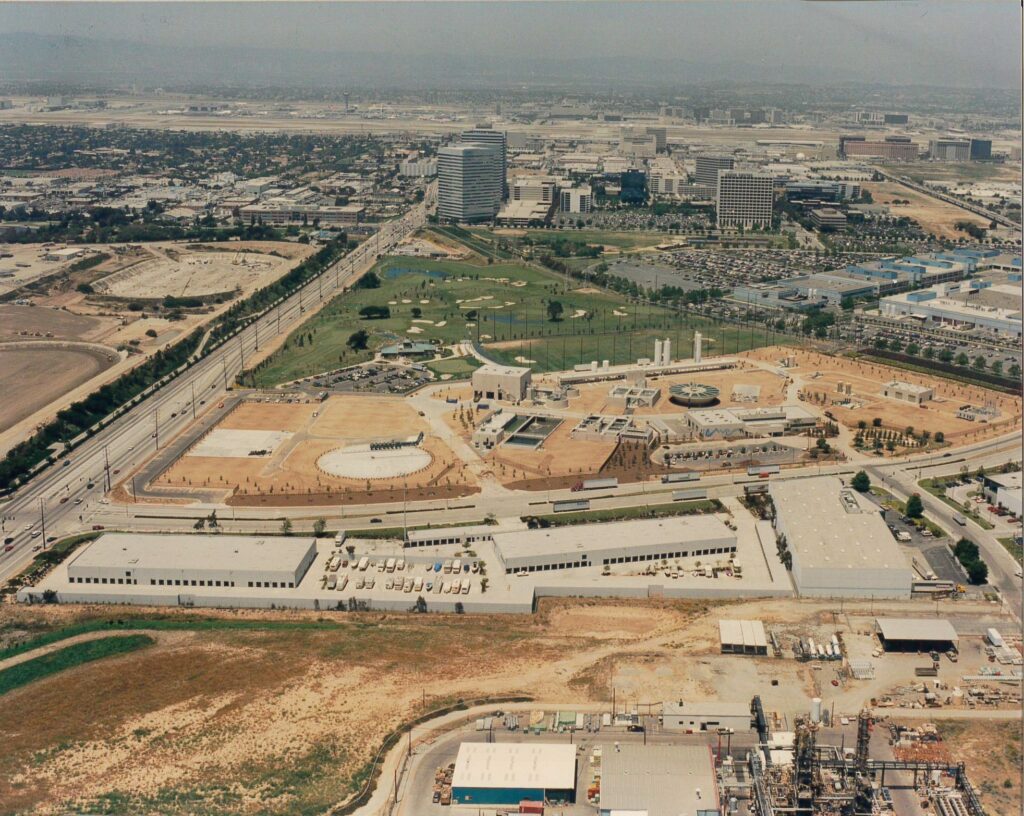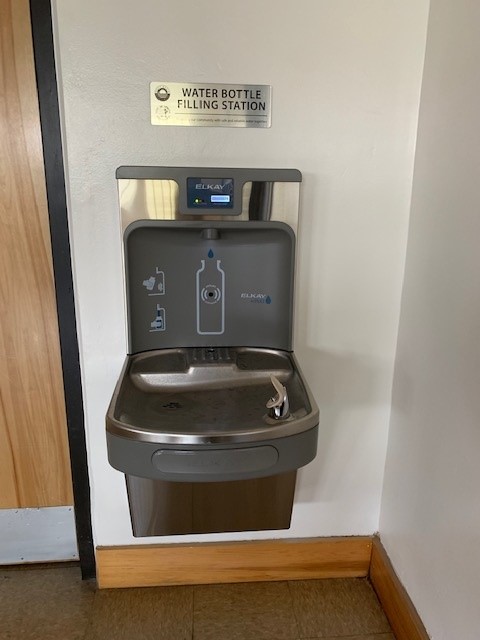About History

1947
West Basin Municipal Water District is Formed
West Basin Municipal Water District is voted into existence in November 1947 after two attempts:
- Jan. – First attempt to form West Basin Municipal Water District fails.
- Nov. – Second attempt to form West Basin Municipal Water District succeeds by an 8:1 margin.
Its mission was to both protect the existing water supply (groundwater) and increase reliability by identifying new supplemental supplies of water.
1987-1992
Unprecedented Drought in California
California experiences one of the most serious droughts in its history. West Basin’s innovative leadership determines that the area’s future demands for water would be met by developing supplies from multiple sources: ground and imported water, conservation, and eventually, water recycling.
1995
Water Recycling Facility Completed
West Basin Water Recycling Facility construction is complete, delivering water to its first customer at the El Segundo Lakes golf course adjacent to the West Basin recycling facility. West Basin brings four recycling facilities online: West Basin Water Recycling Facility, Chevron Nitrification Plant, West Coast Basin Barrier Project, and Exxon/Mobil Nitrification Plant.
2019
West Basin Leadership Makes History
West Basin Director Gloria D. Gray begins serving two-year term as chairwoman of the Metropolitan Water District of Southern California’s Board of Directors. She is the first African-American woman to lead the board and only the second woman to do so in the district’s 90-year history.
2022
Securing Our Water Future
West Basin recycled water continues to thrive, and received $3.8 million in federal funding for the North Gardena Recycled Water Lateral and Mills Memorial Park Recycled Water Lateral project. Both projects will benefit priority communities in the West Basin service area by providing an ongoing, reliable source of recycled water to help maintain beautiful green spaces at local public parks and schools.
2021
Test Story Title
TEST – The growing railroad and oil industries led to a population boom in the region, which eventually increased demand on the local groundwater supply. Due to over pumping of groundwater, groundwater drops below sea level causing salt water to intrude into the groundwater basin and local drinking water wells.











